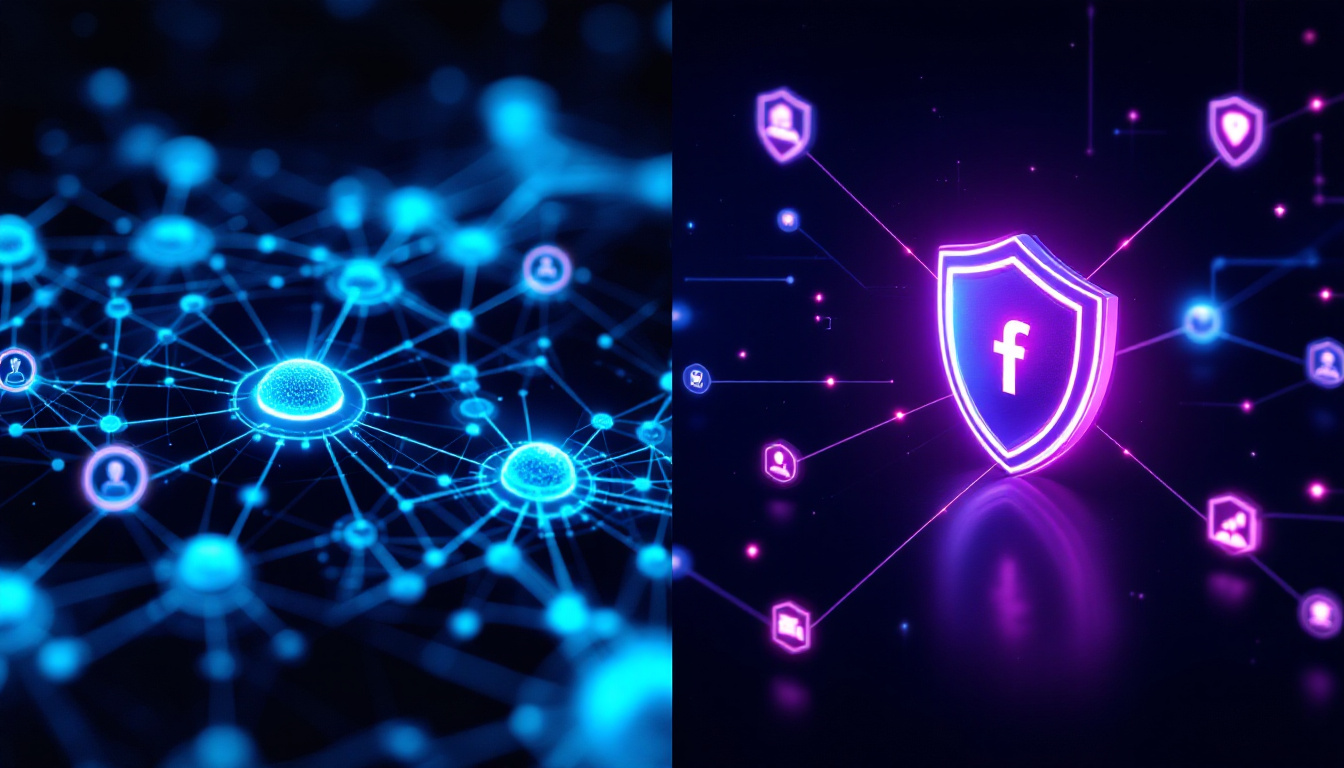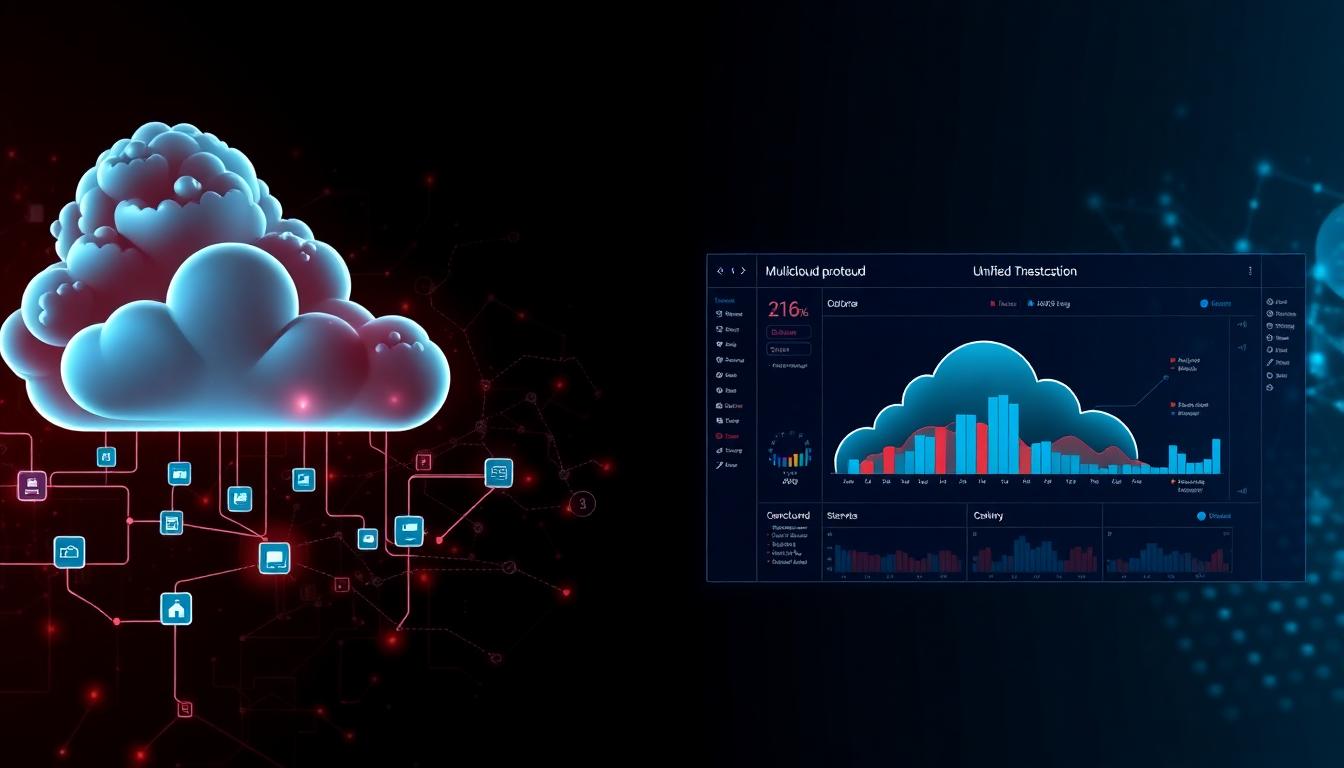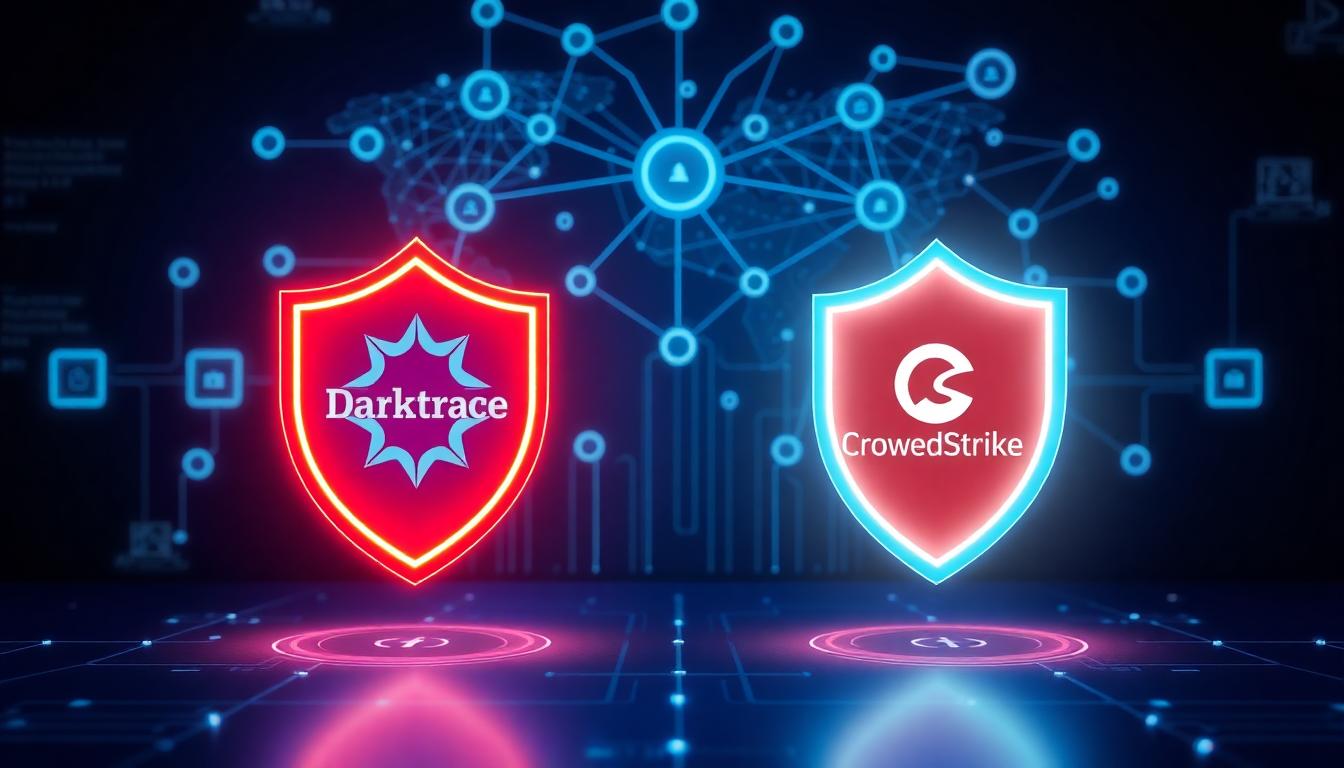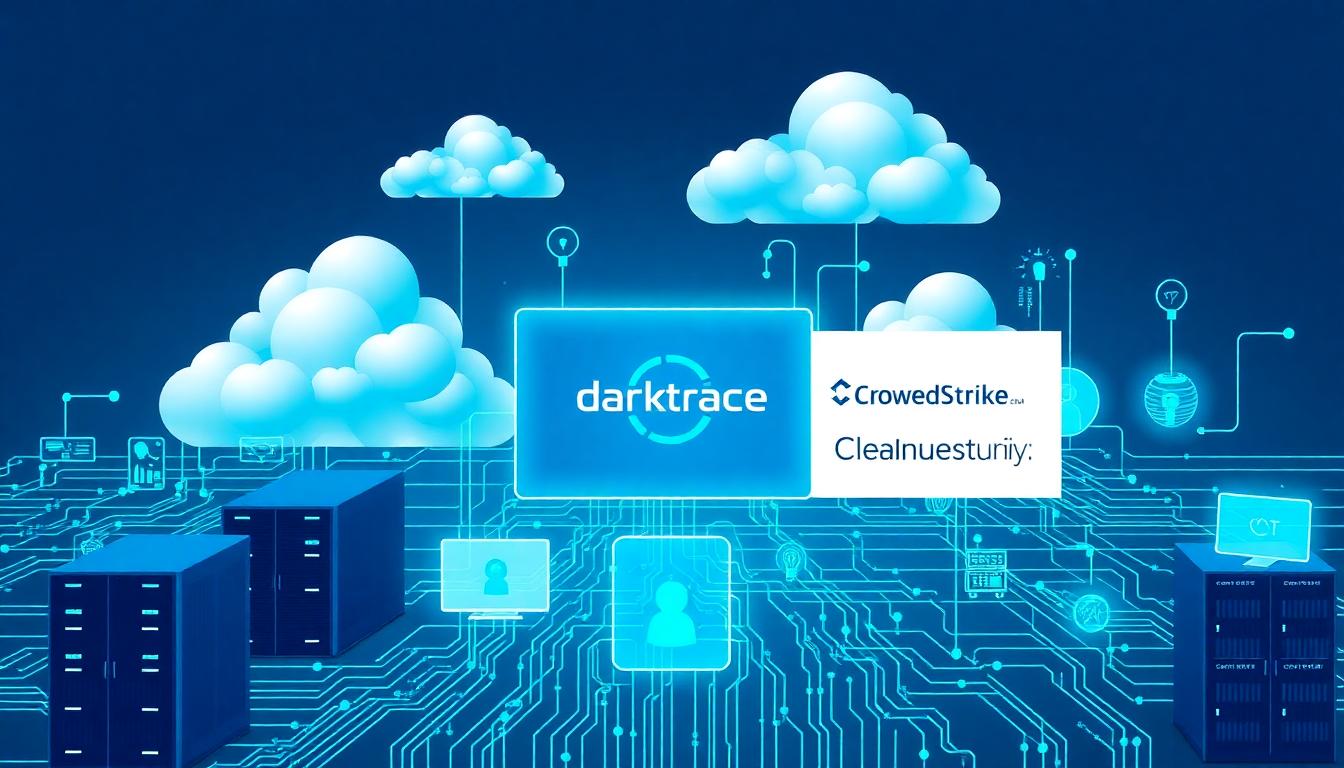Are you wondering which is the smarter pick for your business in 2025: Darktrace or CrowdStrike? With attacks getting faster and sneakier every year, the right choice can mean everything for your team’s sanity and your company’s future. Both Darktrace and CrowdStrike stand out for using advanced AI and machine learning to spot threats that old-school tools often miss.
Today’s cybersecurity isn’t just about having a digital fence. It’s about building a system that can think for itself, catch attacks in real time, and help you sleep at night. Darktrace relies on deep learning to understand your whole network, while CrowdStrike’s Falcon platform excels at real-time protection for endpoints and the cloud.
In this guide, you’ll get a clear comparison of detection methods, platform strengths, cloud coverage, and each vendor’s unique features. The quick answer? CrowdStrike shines for fast, accurate endpoint security and is great for large or growing teams. Darktrace is a top choice if you have a hybrid or complex IT setup and need broad coverage—including IoT, SaaS, and industrial environments. To help you dig deeper, see the best AI security tools for 2025 for more context and alternative options.
No single solution is perfect for everyone, but by the end you’ll know which platform will match your needs and your risk tolerance. Let’s break it down in plain English.
Overview of Darktrace and CrowdStrike

Trying to decide between Darktrace and CrowdStrike? Let’s break down the core identity of each platform so you can see what sets them apart. At first glance, both are trusted names in AI-driven security, but the way each works—and the focus of their protection—can make a huge difference for your team. If you’re looking for a clear take on “darktrace vs crowdstrike,” you’re in the right place.
What Is Darktrace?
Darktrace is built around the concept of an “enterprise immune system.” Think of it as a digital nervous system for your business: it learns normal behavior across your network, cloud, SaaS apps, and even IoT devices, then flags anything that seems out of place. Darktrace relies heavily on unsupervised machine learning, so it can spot new or sneaky attacks without depending on old threat databases.
Key features of Darktrace include:
- Behavioral analytics that learn your business’s unique patterns.
- Anomaly-based threat detection across network, cloud, SaaS, and IoT.
- Antigena: a module for automatic threat response (it can block or slow attacks while alerting your team).
- Wide visibility, especially useful in hybrid and multi-cloud setups.
Where Darktrace shines most is in its broad scope. If you’ve got a patchwork of on-prem, cloud, SaaS, or connected devices, it can watch all those corners at once. For a hands-on review of how this platform detects threats, see this Darktrace review 2025 which breaks down real-world results and pricing insights.
What Is CrowdStrike?
CrowdStrike’s flagship product, Falcon, is all about endpoint protection. Picture it as a vigilant guard at every computer, laptop, or cloud server in your business. Its core strength lies in stopping threats right at the device level—before they can spread or do damage. With advanced threat intelligence and attack pattern analysis, Falcon can spot and block everything from known viruses to brand new attack techniques.
Notable CrowdStrike Falcon strengths:
- Endpoint Detection and Response (EDR) for deep visibility into devices.
- Next-generation antivirus (NGAV) that works even when devices are offline.
- Expanded detection through Falcon XDR, which collects and analyzes data from other tools, not just endpoints.
- Built-in threat intelligence, helping teams understand who might be behind an attack.
CrowdStrike is a go-to for companies that prize speed, detailed forensic data, and protecting devices no matter where they are (think remote teams, BYOD, or multi-site operations).
Comparing Core Approaches
While both use AI and machine learning for smarter threat detection, their focus areas look a bit different:
| Platform | Detection Focus | Best For | Coverage Scope | Automated Response |
|---|---|---|---|---|
| Darktrace | Network-wide, behavioral | Complex hybrid, multi-cloud, IoT | Cloud, network, IoT, SaaS | Yes (Antigena) |
| CrowdStrike | Endpoint, threat intel | Global endpoint, remote workforce | Endpoints, cloud, (XDR adds more) | Yes |
If your main concern is someone sneaking into your network or abusing a cloud service, Darktrace gives you a bird’s-eye view. If you’re more focused on what’s happening on each device, CrowdStrike gives you detailed boots-on-the-ground visibility.
Both platforms have high marks for AI-driven defense, but how they protect and how much ground they cover can guide your final choice. For a deeper side-by-side feature breakdown, this CrowdStrike vs Darktrace comparison offers a practical look at their technical differences.
Stay tuned for a closer look at their methods for threat detection—and what that means for your peace of mind.
Core Detection Technologies: AI, Machine Learning, and Threat Response
If you’re putting Darktrace and CrowdStrike head-to-head, you want to know how each actually uses AI to spot and stop threats before they turn into chaos. This isn’t just about whose tech sounds fancier—it’s about finding out which system detects danger lurking inside your walls or moving through the cloud and how well you can trust the alerts. Let’s walk through two central pieces: how insider threats get detected, and what happens if your business lives in the cloud (or a mix of cloud and physical networks).
Insider Threats and Account Takeover Protection

Dealing with insider threats is like defending against someone who already has a key to your house. Account takeovers are just as tricky, as hackers slip through trusted identities. Here’s where strategy matters most in the “darktrace vs crowdstrike” comparison.
Darktrace stands out with its advanced User and Entity Behavior Analytics (UEBA). It builds a profile for every user and connected device, learning their usual day-to-day behaviors. If someone starts logging in at odd hours, transferring large files they never touched before, or using unfamiliar access points, Darktrace picks it up in real time. UEBA doesn’t care whether a threat looks like something from last year’s virus playbook or not—it learns what “normal” looks like in your unique environment and raises a flag when things feel off. Its “enterprise immune system” can spot both clumsy insiders and savvy attackers who mimic internal users.
CrowdStrike, by comparison, takes a device-first approach. Its Falcon platform, especially with EDR and XDR enabled, zooms in on user actions at the endpoint. You get alerts for suspicious processes, lateral movement (when an attacker hops between devices), or credential use that doesn’t add up. CrowdStrike can tie these activities to broader threat intelligence, making it fast at catching account compromise with a high degree of clarity about “what happened, where, and how.” The depth is impressive, especially once you integrate Falcon XDR to connect dots across email, identity, and cloud tools.
Which works best? You’ll want Darktrace if you need big-picture coverage—tracking anything odd across your network, cloud, and IoT gear. Choose CrowdStrike if your biggest fear is what can run wild once someone lands on a laptop, server, or virtual machine. Both can reduce the risk of breaches from compromised accounts, but their angles are different.
In summary:
- Darktrace shines with contextual, real-time detection of user and device anomalies across the whole network, thanks to strong UEBA.
- CrowdStrike delivers focused, actionable insight on endpoint activity, using layered threat intelligence and device analysis.
For a deep side-by-side on insider handling and technical details, Comparitech’s head-to-head 2025 comparison delivers extra clarity.
Cloud and Hybrid Environment Security

Most companies aren’t “just cloud” or “just on-premise”—there’s a blend of public cloud, private data, IoT, SaaS, and old-school servers somewhere in the mix. So, how well do Darktrace and CrowdStrike cover you when your business is spread out across so many corners?
Darktrace is built for messy, modern environments. It delivers unified detection, monitoring, and threat response across network traffic, hosted cloud platforms (think AWS, Azure, Google Cloud), SaaS apps, and even IoT. All of this funnels into a single dashboard, with Antigena providing instant autonomous response—no need to hop between products or worry about missing data on a new cloud platform. This single-platform approach means less juggling for your team and a more coherent security picture.
CrowdStrike, on the other hand, covers endpoints and cloud workloads expertly, but requires separate licenses and products (such as Cloud Workload Protection or enabling Falcon XDR) to achieve complete coverage. Falcon XDR pulls in telemetry from cloud and third-party systems, but only if you set up those integrations. The platform thrives when your organization wants powerful endpoint security that can be extended as needed, but unified visibility across hybrid environments isn’t as seamless out of the box.
Summary table:
| Feature | Darktrace | CrowdStrike Falcon/XDR |
|---|---|---|
| Unified hybrid/cloud coverage | Yes (single platform, broad integration) | Partial (requires separate add-ons) |
| IoT device protection | Yes | Limited |
| Integrated dashboards | Single view | Multiple/integrated via XDR |
| Autonomous response | Yes (Antigena) | Yes (via SOAR/XDR automations) |
You’ll appreciate Darktrace if you want everything—network, cloud, SaaS, IoT—under one umbrella. CrowdStrike lets you tailor deep protection wherever your endpoints live but demands more connecting and configuring for total hybrid and cloud visibility.
Both are heavyweights, just with different strengths. For a real-world breakdown of cloud and hybrid security differences, CloudTango’s side-by-side technical review and Comparitech’s 2025 comparison are worth bookmarking.
And if you want a 2025 snapshot with rankings and use case details, scan the Top Threat Detection Tools guide for a broader look at how both platforms fit among leading options.
Key Features, Integrations, and User Experience
Choosing between Darktrace and CrowdStrike? You’re probably trying to figure out what’s under the hood with each platform, how they fit into your current workflow, and what your daily experience will feel like. This section covers the features that set both apart, their ability to play nicely with other tools, and how easy (or tricky) it is to use either one in real life. Let’s break down where each platform shines so you can picture which one would fit your needs better.
Key Features
Digging into “darktrace vs crowdstrike” means looking at what each platform is actually best at—and where they go the extra mile.
Darktrace:
- Uses self-learning AI to spot abnormal activity, not just familiar threats.
- Covers a broad range of environments, including cloud, SaaS, on-prem, and IoT devices.
- Features Antigena, which can block, quarantine, or slow a threat without waiting for human approval.
- Delivers real-time alerts with helpful context drawn from your own system’s normal patterns.
- Provides a single pane of glass for holistic visibility.
CrowdStrike (Falcon):
- Known for world-class Endpoint Detection and Response (EDR), tracking down attackers at the device level.
- Offers next-generation antivirus, threat intelligence, and forensic tools, all from the cloud.
- Includes Falcon XDR for pulling in data from third-party tools, not just endpoints.
- Protects workloads in the cloud along with traditional endpoints.
- Built for scale, ideal if you’re growing fast or have a lot of remote users.
In recent user tests and hands-on technical reviews, CrowdStrike scores high for endpoint and incident response speed, while Darktrace is favored for its wide-reaching visibility.
Integrations
Let’s talk about how each platform fits into your larger toolkit. No one wants a tool that doesn’t connect or makes life harder for the IT team.
- Darktrace stands out for broad integrations. It can pull info from cloud services (like AWS, Google Cloud, and Azure), standard on-prem networks, email platforms, critical SaaS apps, and even industrial IoT. You can centralize data and see risks across your ecosystem without needing extra connectors or patchwork scripts.
- CrowdStrike is built API-first, so it’s easy to connect with SIEM, SOAR, and third-party automation platforms. Its Falcon platform connects to AWS, Azure, GCP, Okta, and more. If you want a custom workflow or plan to add new security layers, CrowdStrike is flexible. For companies mixing both solutions, there are even ways to integrate them: Darktrace’s integration for CrowdStrike endpoints boosts detection and response across platforms.
Integration strength matters if you’re already using other security tools or have a mix of on-premise and cloud setups. Want more integration insights? See this technical comparison for feature-by-feature breakdowns.
User Experience

Day to day, the best cybersecurity isn’t just powerful—it should be usable for real teams, not just experts.
Darktrace offers a visualization-driven dashboard. You get heatmaps, trendlines, and easy-to-understand risk scores. Its “human-friendly AI” approach means you see not just raw alerts, but the story behind them—why something is suspicious and what next steps to take. There’s a learning curve, but it’s often easier for less technical staff to navigate.
CrowdStrike gives you a clean, cloud-based interface. It packs massive info into dashboards, but organizes it so you can drill down from high-level trends to single events with just a few clicks. Power users like its fast forensic search and responsive incident console. If you’re already comfortable with EDR/XDR or cloud dashboards, CrowdStrike will feel familiar.
According to a side-by-side user ratings comparison, both platforms get strong marks for visibility and control. CrowdStrike wins for deep technical customization. Darktrace wins for its simpler, friendlier data visuals and holistic perspective.
If you’re curious about what else matters when assessing software for security or AI, check out these Top 10 prompting techniques for AI which highlights trends in user interface and practical workflow design.
Both Darktrace and CrowdStrike bring heavy-duty security, but they differ in what daily use feels like and how well they plug into your business. The best pick will hinge on which strengths map to your real-world gaps. If you want even more side-by-side features, user pros and cons, or integration tips, Comparitech’s practical review is a solid place to keep learning.
Which Performs Better: Choosing the Right Solution for Your Organization

Facing the “darktrace vs crowdstrike” decision for your organization? Picking between these two can feel a bit like hiring two all-star security teams with very different playbooks. You want to know which will keep your business safer, make life easier for staff, and fit your setup without extra headaches. Here’s how real companies stack them up—broken out by strengths, possible drawbacks, and which types of environments actually benefit most from each.
Which Solution Excels in Which Scenario?
It’s not always about which platform is “best” in some abstract sense. The smarter move is matching your needs to what each service actually does well. Here’s a plain-English guide:
- Choose Darktrace if…
- You have a mix of cloud, on-premises, IoT, and SaaS systems that need unified visibility.
- You want behavioral analytics that find unknown threats—even ones that don’t fit old attack patterns.
- Your team prefers a dashboard that highlights outliers and unusual activity, even if it’s never been seen before.
- You need hands-off, automatic threat response with little manual tuning.
- Choose CrowdStrike if…
- Your biggest concern is keeping endpoints (laptops, servers, cloud workloads) locked down.
- You need rich threat intelligence and forensic detail when investigating attacks.
- Fast, remote deployment and lightweight operation are high on your wish list.
- You already have strong network protection, but need to up your endpoint detection game.
This isn’t an all-or-nothing decision, either. Some companies even choose to run both and integrate them; in fact, official Darktrace integrations for CrowdStrike endpoints can help you blend the best of both worlds.
Feature-by-Feature Performance
Let’s see where each ranks across the most common organizational concerns. Here’s a quick side-by-side snapshot for clarity:
| Priority | Darktrace | CrowdStrike |
|---|---|---|
| Broad network visibility | Strong (all assets seen) | Focused (endpoints, cloud) |
| Endpoint security | Adequate, not primary focus | Industry leading |
| Threat intelligence | Learns from your network’s behavior | Feeds in global attack data |
| Cloud/SaaS/IoT coverage | Unified platform, wide scope | Add-ons and integrations needed |
| Ease of use | User-friendly, visual dashboards | Clean, detailed but complex |
| Automated response | Antigena module, fast and adaptive | SOAR/XDR automation options |
| Integration flexibility | Good, especially for varied IT | Excellent with third-party |
If your “crown jewels” are scattered across lots of systems, Darktrace shines for visibility. If they live in workstations, servers, and VMs, CrowdStrike wins for fast, deep protection.
Real-World Performance and User Feedback

User reviews and industry feedback go a long way when making your pick. According to a recent CrowdStrike vs Darktrace user comparison, CrowdStrike often outscores Darktrace for incident response speed and endpoint control. On the other side, Darktrace gets top marks for flagging unknown or novel threats and pulling together hybrid data into one sensible dashboard.
A good analogy here: Think of Darktrace as a security camera in every room, learning how people move and quickly seeing when something feels “off,” whether the threat is old or new. CrowdStrike, meanwhile, is more like armored doors on every device, checking every visitor, logging all activity, and alerting you whenever someone tries the wrong key.
Small and midsize organizations with mixed environments love Darktrace for “set it and go” simplicity. Large enterprise teams, especially those leaning into zero-trust and fast response, lean CrowdStrike for its advanced controls and detailed reporting.
Unbiased Takeaway: Find Your Fit
Here’s the truth: neither platform is simply “better” in all situations. Your choice really comes down to these questions:
- Where do your biggest risks live? (Endpoints or network/cloud/IOT as a whole)
- Do you value quick, automated responses (Darktrace) or deep forensic tools and threat hunting (CrowdStrike) more?
- What ecosystem do you need to support—simple endpoint fleets, or everything from SaaS to PLCs on a factory floor?
- Can you invest in integration for best-of-both, or does simplicity win out?
Sometimes, the answer even changes as your business grows or your technology stack gets more complex. If you want help framing these questions or need detailed prompts to weigh next steps, our guide to top 10 prompting techniques for AI might help you think it through.
For more technical performance comparisons from real users and industry experts, check out CloudTango’s side-by-side review and an extended user rating summary.
In the end, the right fit is the one that brings clarity, confidence, and fewer late-night alerts—so your team gets back to focusing on what grows your business.
Conclusion
Both Darktrace and CrowdStrike stand at the top of the cybersecurity field for 2025, yet their strengths cater to different needs. Darktrace uses self-learning AI to monitor networks, cloud apps, and IoT devices in real time. Its edge lies in spotting unusual patterns across your whole ecosystem and acting fast without waiting for human input. CrowdStrike, on the other hand, excels at locking down endpoints and delivering rich forensic details. Its Falcon platform processes massive amounts of threat data to keep devices safe, even when offline.
The most important factor in “darktrace vs crowdstrike” comes down to your own environment. If your business is pieced together with a mix of cloud, on-premises, and IoT, Darktrace offers simple, unified protection. If you need sharp control over laptops, servers, and cloud workloads, CrowdStrike’s agent-based model delivers reliability and in-depth visibility.
Neither option fits every scenario, so look closely at your security goals and resources before making a call. Both platforms are proven leaders with robust AI and automation, so you can be confident you’re choosing from the best. If you’re still weighing options or want a closer look at other industry standouts, check out the SentinelOne review 2025 overview to see how other top AI security tools compare.
The smartest move is picking the platform that frees your team up to grow and adapt—without second guessing your security. Thanks for reading, and if you have firsthand experience with either platform, share your insights below!

















